Mysterious Orange Shark With Piercing White Eyes Stuns Scientists Off Costa Rica’s Shores
Albinism, an absence of melanin, results in pale skin, scales, or fur, accompanied by white or red eyes. Not only can this make animals more visible to predators, it can also increase their sensitivity to sunlight and make it more difficult to find a mate.
As such, there is some debate among researchers whether animals with xanthism actually face lower survival rates after all. In the case of this nurse shark, researchers noted that they do not believe it to be a hindrance — after all, this shark grew to be more than six-and-a-half feet in length and survived into adulthood.
Further Questions About Nurse Sharks’ Adaptability
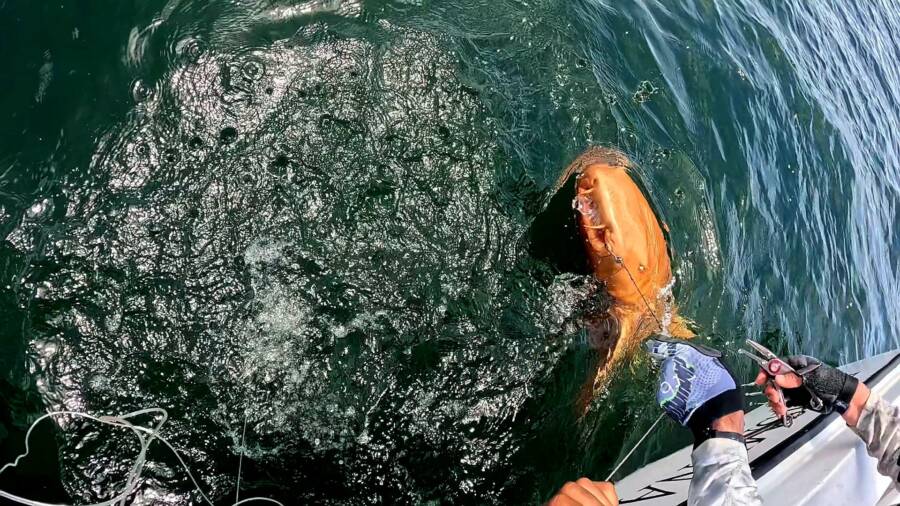
Xanthism has never been scientifically observed in nurse sharks before.
“This unique finding suggests that xanthism does not hinder survival in this species,” the researchers wrote. “Compared to previous reports of abnormal pigmentation in [nurse sharks], such as albinism, piebaldism, and hypomelanosis, this is the first documented case of total xanthism in the species and the first recorded in the Caribbean Sea.”
Based on this shark’s survival, it could open new pathways for marine biologists to look into the adaptability of the species as well. Did the shark change how it hunted due to the condition? Did it seek out new places to camouflage itself? If so, could this have actually provided a new benefit?
“Is this o one-time occurrence,” the researchers ask, “or could it signal a new genetic trend in the local population?”
Without more research, though, it is difficult to tell if the coloration offered the shark any benefits, or if it merely happened to survive despite the differences. Regardless, this discovery is just the latest in a long line of stunning examples of biodiversity within Caribbean shark populations.
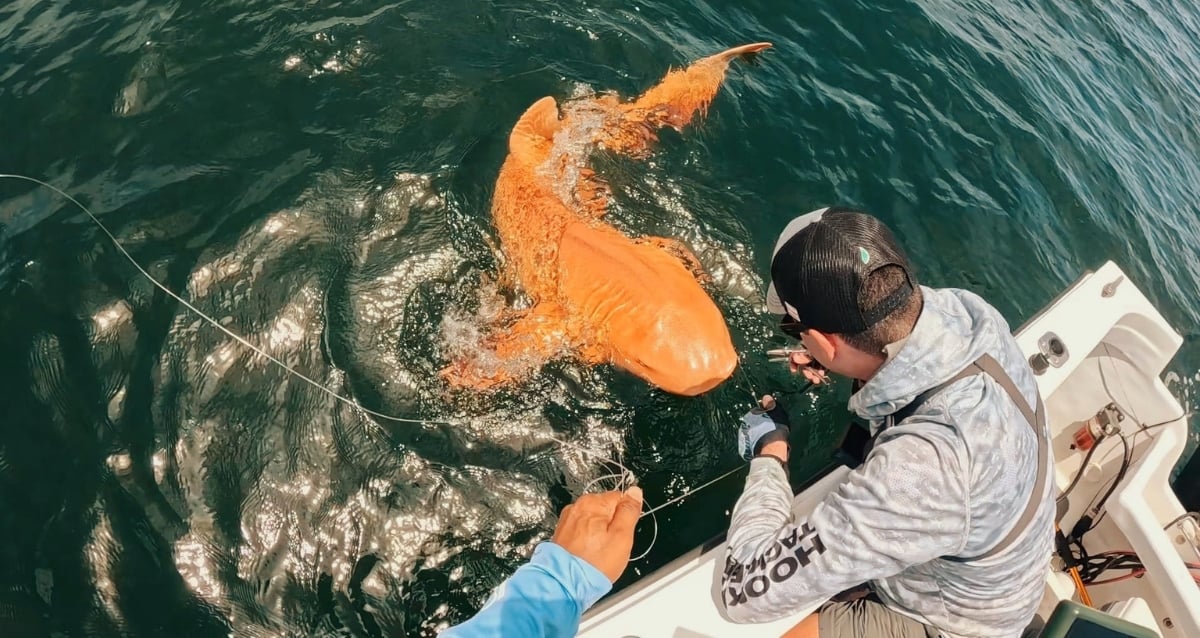
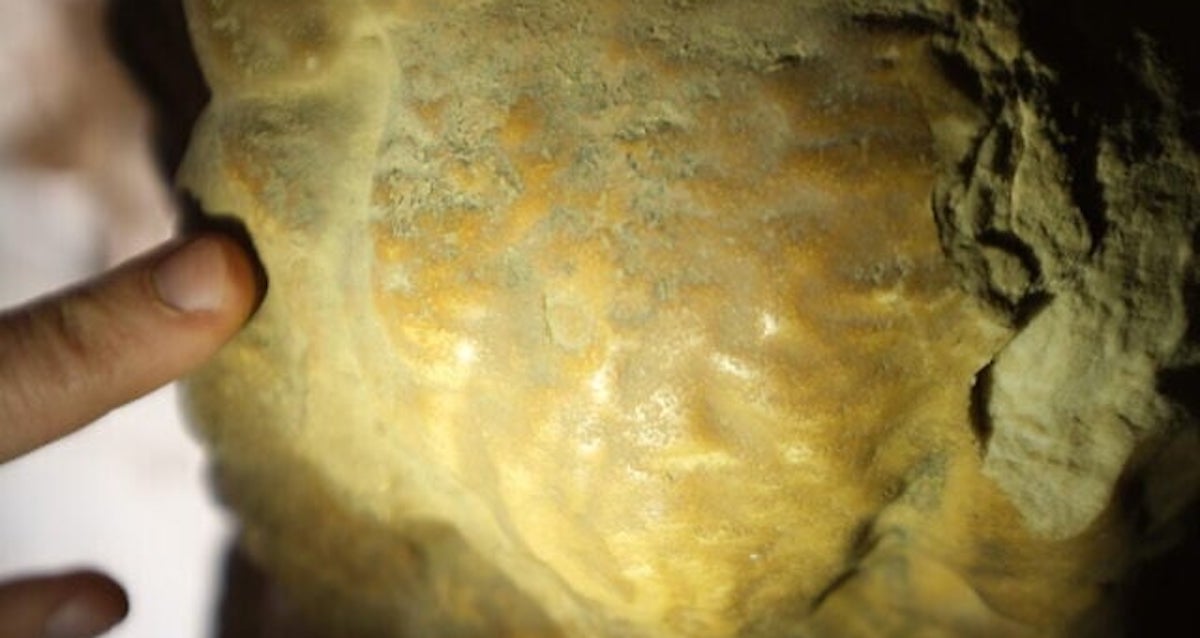





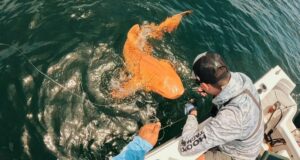


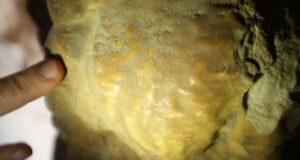




Post Comment